Everything You Need To Know About Manuka Honey
 Whether you buy local honey in Louisville, KY, or choose more exotic types, the honey is often named for the type of plant that the pollen and nectar comes from that bees collect. Worker bees collect nectar and mix it with enzymes, while also collecting pollen for the bee larvae. The mixture is passed by mouth to others in the hive. It’s deposited in the honeycomb in the hive and dried by other bees flapping their wings to produce honey. Manuka honey comes from the pollen of the manuka bush found in New Zealand. It has some exceptional health benefits.
Whether you buy local honey in Louisville, KY, or choose more exotic types, the honey is often named for the type of plant that the pollen and nectar comes from that bees collect. Worker bees collect nectar and mix it with enzymes, while also collecting pollen for the bee larvae. The mixture is passed by mouth to others in the hive. It’s deposited in the honeycomb in the hive and dried by other bees flapping their wings to produce honey. Manuka honey comes from the pollen of the manuka bush found in New Zealand. It has some exceptional health benefits.
Manuka honey is antibacterial, antiviral, anti-inflammatory and has antioxidant properties.
There are several substances that provide these properties. For instance, the dihydroxyacetone—DHA—converts to methylglyoxal—MGO. That provides antibacterial benefits. The DHA is found in high concentrations in the nectar of manuka plant flowers and that converts to the antibacterial properties of the honey.
Some of the most difficult wounds to heal are diabetic sores.
Even the FDA—Federal Food and Drug Administration—approves of using manuka honey for treating wounds. It’s more than just the antibacterial properties that make it so beneficial, but also the antioxidant and the lower pH of the manuka honey. In fact, the pH is lower than most other honey, which makes it ideal for healing wounds. It speeds the healing process and can be particularly effective in reducing pain and speeding tissue regeneration on burns.
It’s hard to believe that something sweet can promote oral health.
While the research is limited, it does show that manuka honey can help prevent the buildup of dental plaque, which in turns, prevents gum disease. It’s been found even more effective than chewing sugar free gum. Even scratchy throats can be helped with manuka honey. The anti-inflammatory and antibacterial properties help bring sore throat relief. It even reduces the amount of Streptococcus mutans in the throat to reduce the potential for a sore throat.
- Ulcers related to diabetes are hard to heal and may even cause amputation if not treated properly. One study shows using manuka honey to heal heals the ulcers more quickly than traditional treatments.
- Unlike diabetic ulcers that are more likely on the bottom of the feet, gastric ulcers are in the lining of the stomach. Manuka honey can help reduce inflammation by increasing certain enzyme levels to prevent oxidative damage.
- Acne may be helped with manuka honey. It not only helps decrease inflammation and reduces the levels of bacteria, it also helps hydrate skin. In fact, many skin care products now contain it.
- While manuka honey is a sugar and increasing your sugar intake can lead to weight gain, there’s nothing wrong with using manuka honey as a substitute sweetener instead of cane sugar or applying it externally.
For more information, contact us today at Body Sculptors Personal Training

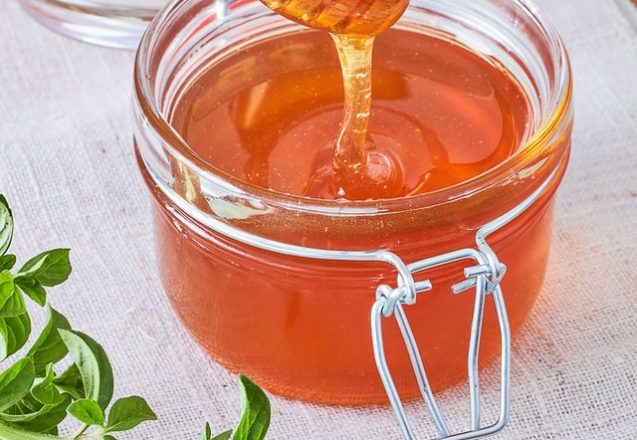
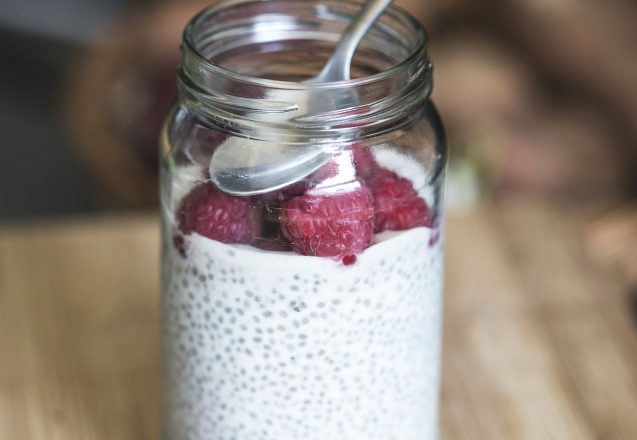
 No matter where you talk about chia seeds and the benefits, someone will bring up the chia pets that are so popular around Christmas. They extend beyond the animal world into the world of Star Wars and politics, with Bernie Sanders chias and Chewbacca’s. But chia seeds provide benefits for good health when you eat them. They’re not just meant to create hair on a clay Elvira or David Hasselhoff. They have a long nutritional history, starting by being a mainstay of the diet of the Aztecs and Mayans.
No matter where you talk about chia seeds and the benefits, someone will bring up the chia pets that are so popular around Christmas. They extend beyond the animal world into the world of Star Wars and politics, with Bernie Sanders chias and Chewbacca’s. But chia seeds provide benefits for good health when you eat them. They’re not just meant to create hair on a clay Elvira or David Hasselhoff. They have a long nutritional history, starting by being a mainstay of the diet of the Aztecs and Mayans.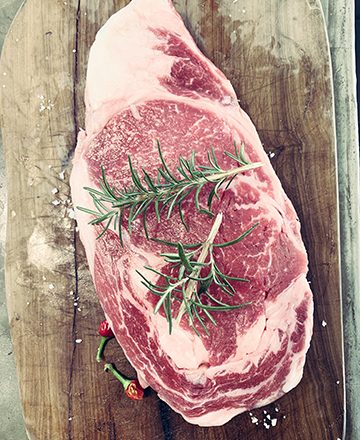
 It doesn’t matter whether it’s animal or plant protein, certain factors determine what’s best. For instance, does it contain all nine essential amino acids. The essential amino acids are ones the body can make itself. They must be consumed as food. Some essential amino acids are used more often than others are, such as glutamine compared to tryptophan, which isn’t used as often. The amount necessary for the body should also be considered. Animal protein sources are complete, while only a few plant sources are and they must be combined to make complete proteins.
It doesn’t matter whether it’s animal or plant protein, certain factors determine what’s best. For instance, does it contain all nine essential amino acids. The essential amino acids are ones the body can make itself. They must be consumed as food. Some essential amino acids are used more often than others are, such as glutamine compared to tryptophan, which isn’t used as often. The amount necessary for the body should also be considered. Animal protein sources are complete, while only a few plant sources are and they must be combined to make complete proteins.
 When only the best fitness results will do, we provide that at Body Sculptors in Louisville, KY. We focus on each individual’s needs, whether it’s nutrition needs, overall fitness and weight loss. We make sure each person achieves all types of fitness, which includes strength, endurance, flexibility and balance. Some exercises work a number of muscles at once, which makes them more efficient. Mountain climbers is an example of that type of exercise. While it’s done on the ground, it’s just as grueling as climbing Mount Everest when first start starting.
When only the best fitness results will do, we provide that at Body Sculptors in Louisville, KY. We focus on each individual’s needs, whether it’s nutrition needs, overall fitness and weight loss. We make sure each person achieves all types of fitness, which includes strength, endurance, flexibility and balance. Some exercises work a number of muscles at once, which makes them more efficient. Mountain climbers is an example of that type of exercise. While it’s done on the ground, it’s just as grueling as climbing Mount Everest when first start starting.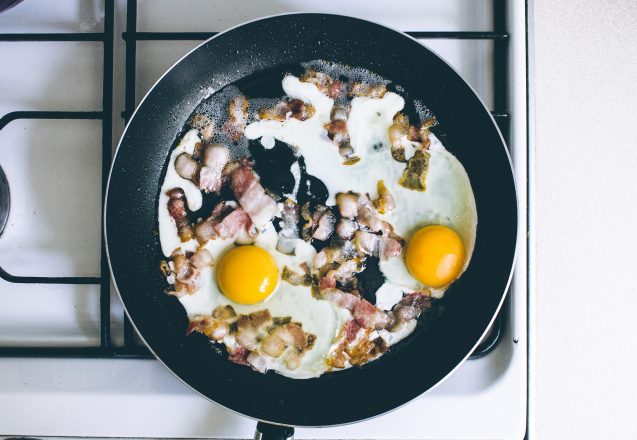
 No matter how much you love to start your day off with a donut, it isn’t on the list of foods to eat in the morning. It should supply not only energy that keeps you going until your next meal, but also adequate nutrition, since it is about a third of your daily calorie intake. Sugar food gives you a burst of energy that depletes just as quickly, leaving you tired and hungry by mid-morning.
No matter how much you love to start your day off with a donut, it isn’t on the list of foods to eat in the morning. It should supply not only energy that keeps you going until your next meal, but also adequate nutrition, since it is about a third of your daily calorie intake. Sugar food gives you a burst of energy that depletes just as quickly, leaving you tired and hungry by mid-morning.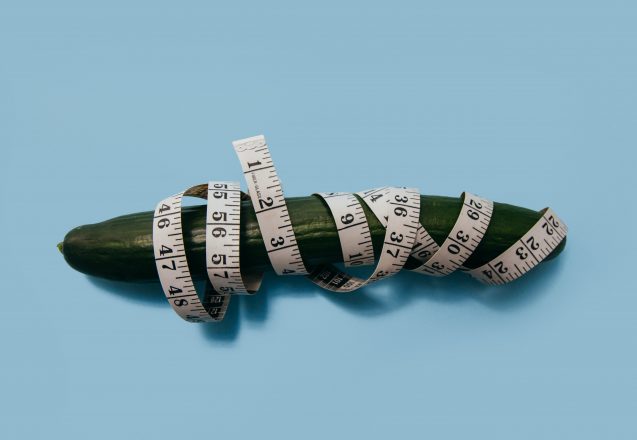
 Special diets are all restrictive diets in one way or another, even if it’s a healthy diet. If you’re suffering from a food allergy, you have to go on a restrictive diet that eliminates that type of food. However, most people think of super low calorie or low carbohydrate diets when they hear the term restrictive. There are pros and cons for both those types of diets and diets like paleo, raw food and vegan.
Special diets are all restrictive diets in one way or another, even if it’s a healthy diet. If you’re suffering from a food allergy, you have to go on a restrictive diet that eliminates that type of food. However, most people think of super low calorie or low carbohydrate diets when they hear the term restrictive. There are pros and cons for both those types of diets and diets like paleo, raw food and vegan.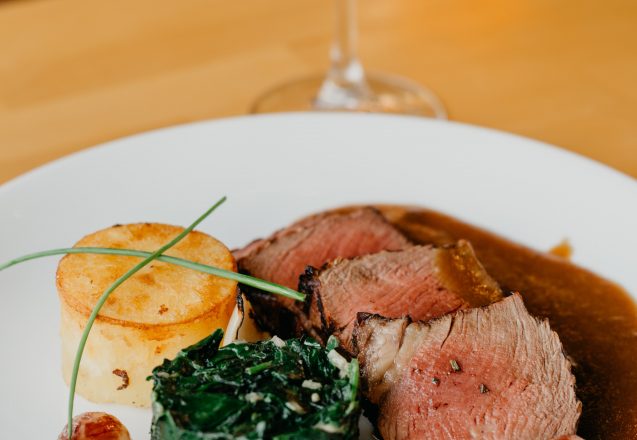
 Whether you’re the average person who doesn’t exercise, trying to get into shape or at the level of a bodybuilder you need protein, but do you need protein with every meal? Protein is an important macronutrient that you need to build new muscle tissue. If you’re sedentary, you need less protein than someone who is active and the more intense your workout, the more protein you need. How much is enough and when and how often should you consume it?
Whether you’re the average person who doesn’t exercise, trying to get into shape or at the level of a bodybuilder you need protein, but do you need protein with every meal? Protein is an important macronutrient that you need to build new muscle tissue. If you’re sedentary, you need less protein than someone who is active and the more intense your workout, the more protein you need. How much is enough and when and how often should you consume it?
 At Body Sculptors in Louisville, KY, we focus not on dieting, but learning to eat healthier. That way there are no strict calorie restricted days. Cheat days are more for those on strict calorie restricted diets, which we don’t recommend. They became popular as a way to boost metabolism by allowing you one day periodically to eat whatever you want, even if it’s ice cream, alcohol or burgers and fries. Is it beneficial and can it help you lose weight?
At Body Sculptors in Louisville, KY, we focus not on dieting, but learning to eat healthier. That way there are no strict calorie restricted days. Cheat days are more for those on strict calorie restricted diets, which we don’t recommend. They became popular as a way to boost metabolism by allowing you one day periodically to eat whatever you want, even if it’s ice cream, alcohol or burgers and fries. Is it beneficial and can it help you lose weight?
 At Body Sculptors in Louisville, KY, while we help you with weight loss, we’re all about fat loss. Yes, there’s a difference between the two. When you lose weight, it doesn’t necessarily mean you’re losing fat. Part of that weight loss can come from lean muscle loss and some can occur from water weight loss. Fat loss is just what it says, losing body fat. It might seem like a minute difference, but it’s huge and can affect your attempts at weight loss in the future.
At Body Sculptors in Louisville, KY, while we help you with weight loss, we’re all about fat loss. Yes, there’s a difference between the two. When you lose weight, it doesn’t necessarily mean you’re losing fat. Part of that weight loss can come from lean muscle loss and some can occur from water weight loss. Fat loss is just what it says, losing body fat. It might seem like a minute difference, but it’s huge and can affect your attempts at weight loss in the future.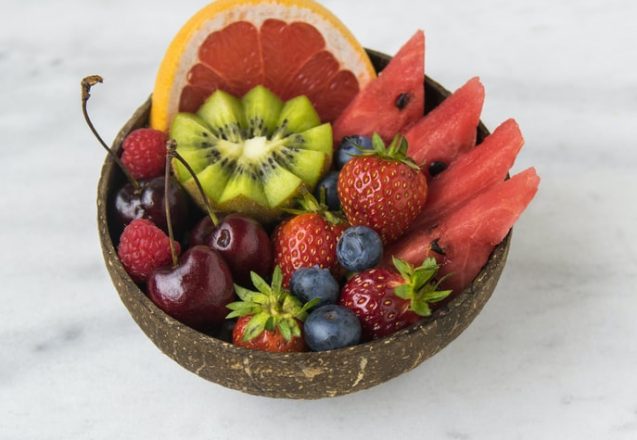
 What’s the best food to start you day off right? It’s actually a combination of foods, but good fruit combos should be part of that group. Fruit is easy to digest, provides energy and based on the colors, textures and even shapes of fruits, have different phytonutrients and antioxidants. Creating combinations of fruit for breakfast can help you improve your skin, fight inflammation and boost your immune system all in one dish.
What’s the best food to start you day off right? It’s actually a combination of foods, but good fruit combos should be part of that group. Fruit is easy to digest, provides energy and based on the colors, textures and even shapes of fruits, have different phytonutrients and antioxidants. Creating combinations of fruit for breakfast can help you improve your skin, fight inflammation and boost your immune system all in one dish.